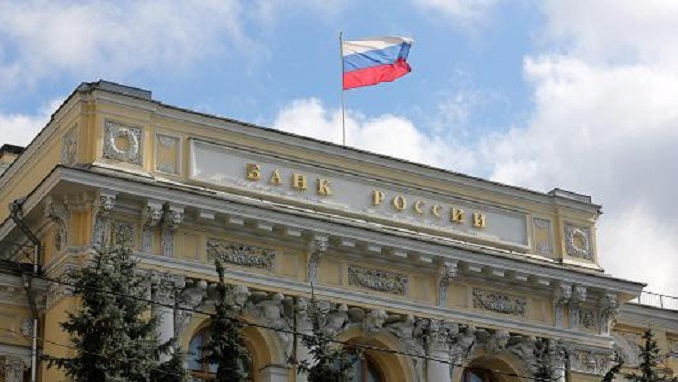A sharp decline in foreign investment into Russia last year was partly caused by a change in a trend of capital returning to the country’s economy through offshores, the Bank of Russia said, according to Rosbalt.
FDIs hit a ten-year low in 2018, plunging to $8.8 billion. The net outflow of investments reached $23.1 billion, a record high figure since 2014.
The regulator’s analysts say that investors who used to channel the money back into Russia’s economy, most notably from Cyprus, have hit the brakes. In the third quarter of 2018, Russian investments to the tune of $7.9 billion were channeled to Cyprus, the Bank of Russia said.
Outgoing investment into foreign non-banking companies in 2018 reached more than $30 billion, while incoming investment into Russia’s non-banking sector was estimated at less than $6 billion. This allows the Central Bank’s analysts to conclude that the funds moving to offshores are not returning to Russia like they were earlier.
According to Oleg Shibanov, Academic Director of the Research Center for Financial Technologies and Digital Economy at Skolkovo-New Economic School, the issue of the so-called ‘de-offshorization’ is not that important now for direct foreign investments, which used to be high in 1998-2008 when offshores were not widely discussed. Now, as governments around the world have clamped down on offshores, they have lost ground.
“Russia is growing more slowly than other developing countries and its market is not that interesting. In addition, slower inflow and even outflow of investments will affect all developing countries amid the crisis in U.S.-China relations,” the analyst noted.
Before Western sanctions and the state campaign for ‘de-offshorization’, between 60% and 80% of direct foreign investments in Russia accounted for offshores, where they had moved from Russia, says Boris Kheyfets, an economist at the Russian Academy of Sciences.












